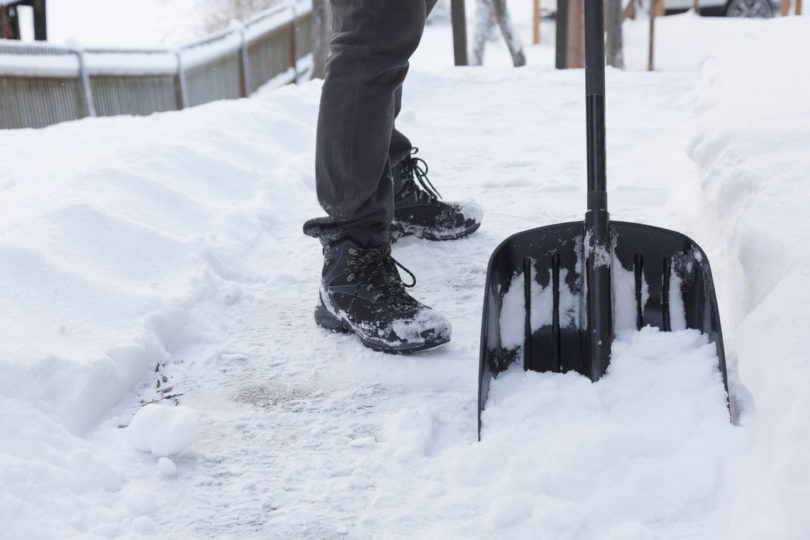What is the first thing neighbors should do in the face of a winter storm or blizzard?
The absolute best thing is to connect with the people who are closest to you in a time of need: your neighbors. When the storm hits and the snow is piling up, your friends across town won’t be of much help. Your neighbor down the street with an extra shovel, however, could be a blessing. Gather bottled water. Head to Nextdoor to connect with neighbors in your community. They may have extra salt, sand, shovels, generators, or other supplies that can be critical for you, your loved ones, or other neighbors.
How else can neighbors stay connected?
My neighborhood uses Nextdoor to communicate during storms. This is especially important should the power go out – you can stay connected to your neighbors using Nextdoor for iPhone or Android. Wondering if the entrance to the neighborhood has been plowed? Your neighbors might know. See a downed tree or a large patch of ice in your community? Post to Nextdoor to warn your neighbors.
In addition, I always encourage neighbors to make sure to follow instructions from local emergency managers. It can be tempting to turn on national news to get an update, but the information coming from your local officials will be most helpful and relevant to you and your community. Keep an eye out for their posts on Nextdoor, or check your local government’s website for directions about staying safe during the storm and recovery efforts after the snow stops falling.
What’s the best way to help neighbors during the storm?
Remember to keep your own health and safety in mind while shoveling, as well. Dress warmly in layers, and make sure to keep hydrated. Many people underestimate the exertion required, especially when snow is heavy and wet, so take breaks every five minutes. Make sure to shovel small scoops of snow an inch or two a time, and left with your legs, not your back. Once you’ve made a dent in the snow, head back out every few hours to shovel and keep it from piling up where you’ve already made progress.
The situation often seems worst when the snow is still falling. What should a neighborhood do when it finally stops?
Most people think they’re out of the woods once the snow has stopped falling, when, truthfully, that’s when the majority of the work begins. I’ll often plan a neighborhood-wide shoveling effort. Once your driveway and your neighbors’ driveways are clear, gather a group together to head out and check other important areas in the community.
We have a checklist of things to do, like shoveling out a three foot radius around fire hydrants to help the local fire department, laying down salt and sand in highly-trafficked areas in the neighborhood, and clearing snow and ice from curb cuts, storm drains, and bus stops. Most municipalities recommend shoveling at least 36 inches wide to allow for walkers or wheelchairs.
In addition, keep an eye out for sidewalks and driveways that have not been shoveled after 24 hours have passed since the snow stopped falling – it’s likely a sign that someone needs help.
Winter weather affects us all in varying ways, but the one thing we all have in common is our neighbors. They can help keep your community safe, warm, and dry during inclement weather. Remember, a connected neighborhood is a safer neighborhood. Don’t forget to invite the neighbors you meet along the way to join Nextdoor by sending them a text or email from the app!






Leave a Comment